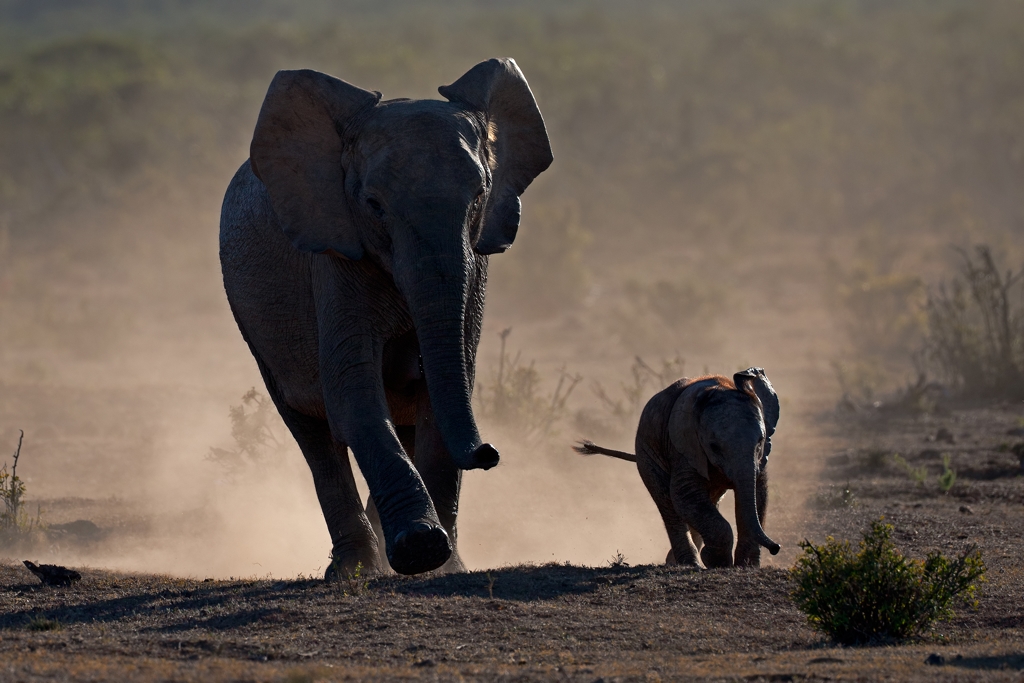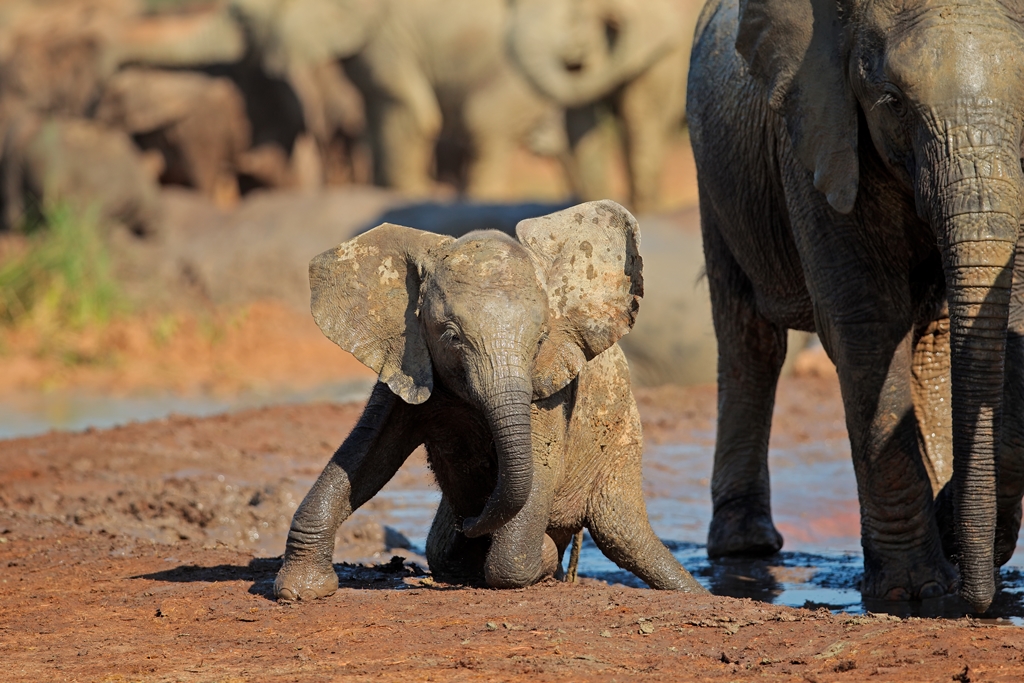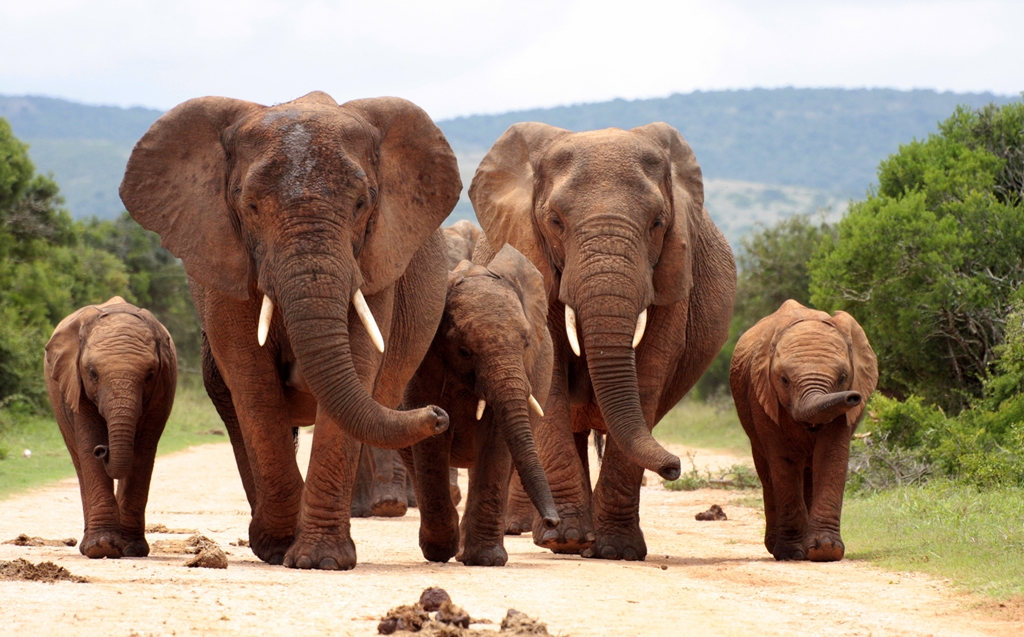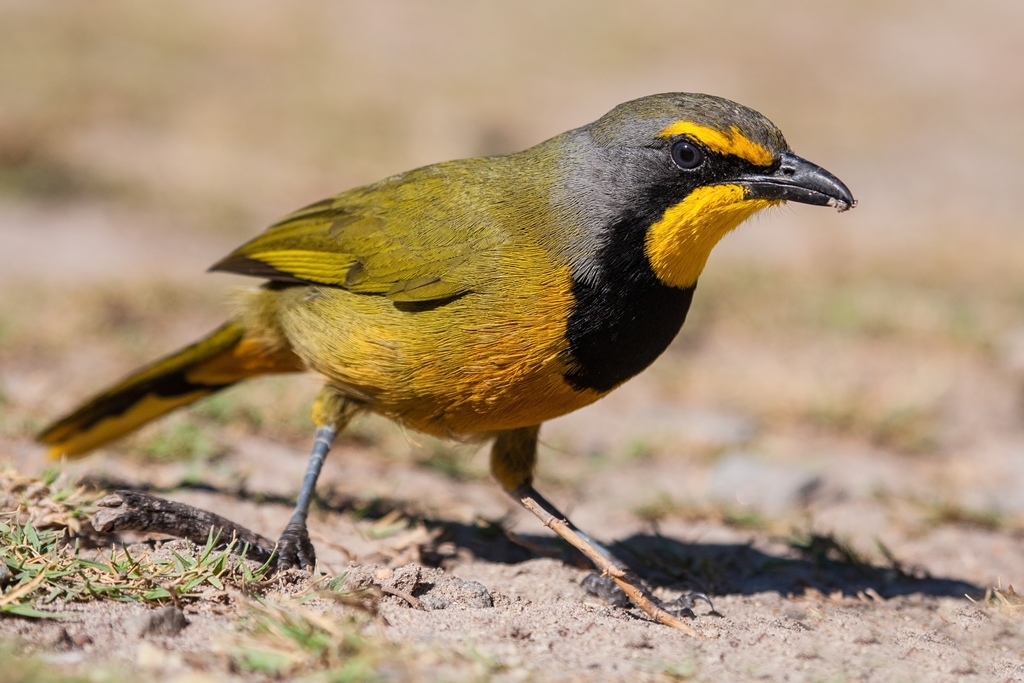Addo Elephant National Park
Tuesday, 7th September 2021
Article and Photos by Marguerite Smit

Today, the greater Addo region comprises of the Addo Elephant National Park, the third largest national park in South Africa, surrounded by the villages of Addo, Kirkwood, Paterson, Sunland and Colchester. Addo is unique in many ways, but the one thing that sets her apart from the others is the inclusion of the beach and ocean component. Stretching from the Zuurberg Mountains to the dunes of Alexandria, Addo boast sightings of the big-7; lion, rhinoceros, buffalo, elephant, leopard, great white sharks and the southern right whale. She is also home to 5 of the 8 biomes found in South Africa - the vegetation in the park consists of Albany thicket, Forest, Fynbos, Nama Karoo and the Indian Ocean Coastal belt, allowing for an ever changing and diverse landscape. Spotted hyena, zebra, a variety of antelope, abundant birdlife and the endemic Addo flightless dung beetle call the park home. Visitors can encounter almost 100 mammal species, 417 species of bird and around 20 marine species across the various sections of the park. All this within a mere 70km from good old Port Elizabeth, now known as Ggeberha, and it is open every day of the year!

A visit to the city may have crossed your mind in the past but you never pulled the trigger. If you need a reason to visit, Addo is the answer! When the park was founded in 1931, it comprised of only 2000 hectares, homing the 11-remaining elephant of the area. Today, it is home to over 600 elephants, many other species, and over 180 000 hectares, a region reborn through conservation. It is vast, diverse and unique, stretching from Darlington Lake in the north, across the magnificent Zuurberg mountains, through the dense vegetation of the Sundays River Valley into the lush indigenous forest at Woody Cape. It hugs the coastal dune fields, the largest of their kind in the Southern Hemisphere, and ends with the park’s marine protected area in Algoa Bay that includes our two sets of islands. From hiking trails, birding, below ground viewing hides, 4x4 routes, game drives, fishing, canoeing and ocean safaris, Addo can really boast that it has it all! The marine protected area is home to 60% of the world’s African Penguins and more than 200 000 gannets to name just two of the 23 pelagic bird species of the park’s over 400 bird species list. And it contains some of South Africa’s most colourful reefs – and some awesome Ragged Tooth Sharks for those prepared to dive its waters.

From May to September, our winter, offers some of the best viewing because wildlife will gather around waterholes as water becomes scarce in the park, and the vegetation thins, producing excellent game viewing opportunities. Because the park is so easily accessible and you can go at your own pace, it’s a great place to visit with younger children. If you are looking for something fun to do during Heritage month, Addo gets my vote.

The Eastern Cape remains one of the most affordable, interesting and overlooked parts of South Africa. If you, like most of us at this point, are itching to travel and looking for a place that will surpass your every expectation, yet not break the bank, consider a visit to the Bay. You can find an array of accommodation types here: https://www.pembba.co.za and if you click on the “things to do” tab, we can fill your time with new and exciting experiences! There are not many places in the world that offer such amazing wildlife sightings, blue flag beaches and affordable value for money vacation options. Here in the Bay, we like to whisper that we have it all…but don’t believe me, come and visit the best kept little secret in the Eastern Cape, come and explore Addo Elephant Park, at the doorstep of the magnificent Bay and see for yourself!



